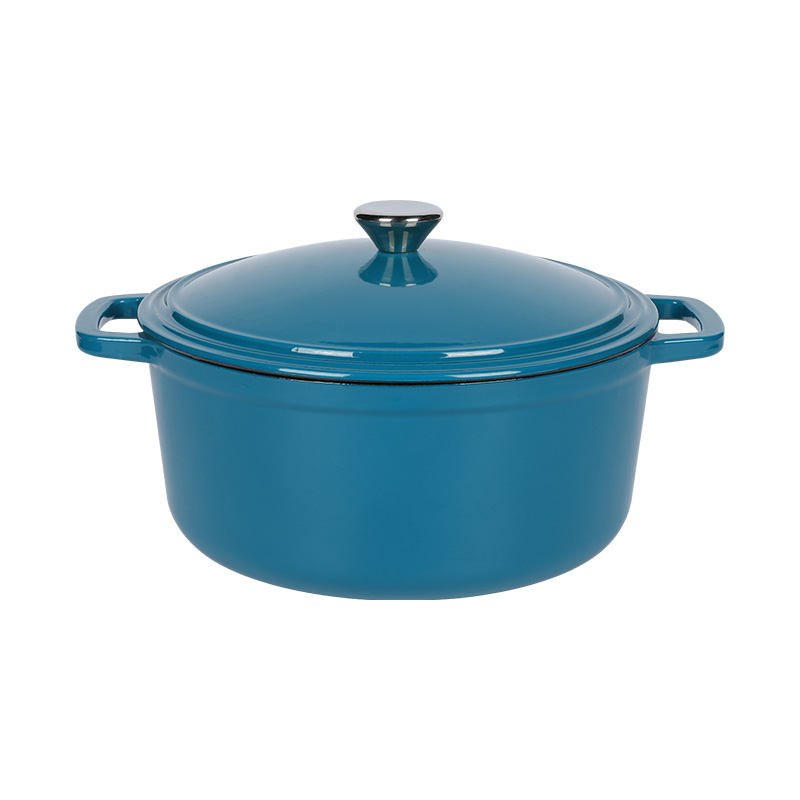The combination of traditional cookware and modern heating technology is becoming a familiar sight in homes and professional settings. A Cast Iron Pan On Induction Cooktop illustrates how long-standing cooking tools continue to adapt to contemporary equipment. People value the ability to blend sturdy pans with induction surfaces that heat quickly and evenly. This approach helps preserve the qualities of cast iron while matching it with an energy-conscious system.

A central reason why many kitchens favor this pairing is the reliable heat retention offered by cast iron. When a Cast Iron Pan On Induction Cooktop is used, the surface responds to the magnetic field of the cooktop and creates a steady source of warmth. The pan maintains that warmth over time, which allows for consistent browning, searing, or slow simmering. This characteristic is especially useful for recipes that require precise control of temperature without the fluctuations sometimes found in other cookware.
An iron deep frying pan also contributes to this cooking landscape. It shares similar strengths in heat retention but is designed with depth that makes it practical for frying, sautéing, or preparing stews. When used on an induction base, the iron deep frying pan heats across its surface efficiently, supporting both everyday meals and more elaborate preparations. The balance between old-fashioned durability and modern induction compatibility has drawn attention from chefs who seek dependable tools without giving up on innovation.
Beyond function, there is also a cultural and sensory element at play. A Cast Iron Pan On Induction Cooktop carries the appeal of tradition—many households pass down these pans through generations. At the same time, the induction cooktop reflects present-day concerns with safety and energy efficiency. The combination brings together memory and modernity in a single kitchen activity. For families, it offers a way to cook with familiar utensils while enjoying the speed and control of induction heating.
The design of an iron deep frying pan allows for dishes that might otherwise demand multiple pieces of cookware. Its depth makes it possible to manage oils safely, prepare large portions, or handle recipes that need longer cooking times. Induction compatibility ensures that the pan heats from the bottom upward, reducing uneven results and helping conserve energy during longer sessions. This versatility explains why many households view the iron deep frying pan as more than a single-purpose tool.
Another dimension worth noting is durability. Both the cast iron pan and its deep frying counterpart can last for decades with proper care. On an induction surface, there is little risk of open flame damage or uneven wear, which can extend their functional lifespan. A Cast Iron Pan On Induction Cooktop therefore represents not just a temporary convenience but also a lasting choice that aligns with sustainable use of kitchen tools.
Modern culinary practices often mix various styles of cooking, and these pans adapt to that reality. A quick stir-fry in an iron deep frying pan may follow a slow braise in the same piece of cookware. Similarly, a Cast Iron Pan On Induction Cooktop can shift from searing meat to baking bread when placed in the oven afterward. The ability to serve multiple roles without specialized equipment helps streamline kitchens that value efficiency without excess clutter.
The pairing of cast iron with induction cooktops signals a thoughtful direction in cooking culture. A Cast Iron Pan On Induction Cooktop highlights how enduring materials work alongside contemporary appliances to meet evolving needs. Meanwhile, the iron deep frying pan continues to serve as a versatile and resilient companion in everyday food preparation. Together, they show that balance between tradition and innovation is not only possible but increasingly common in kitchens today.



